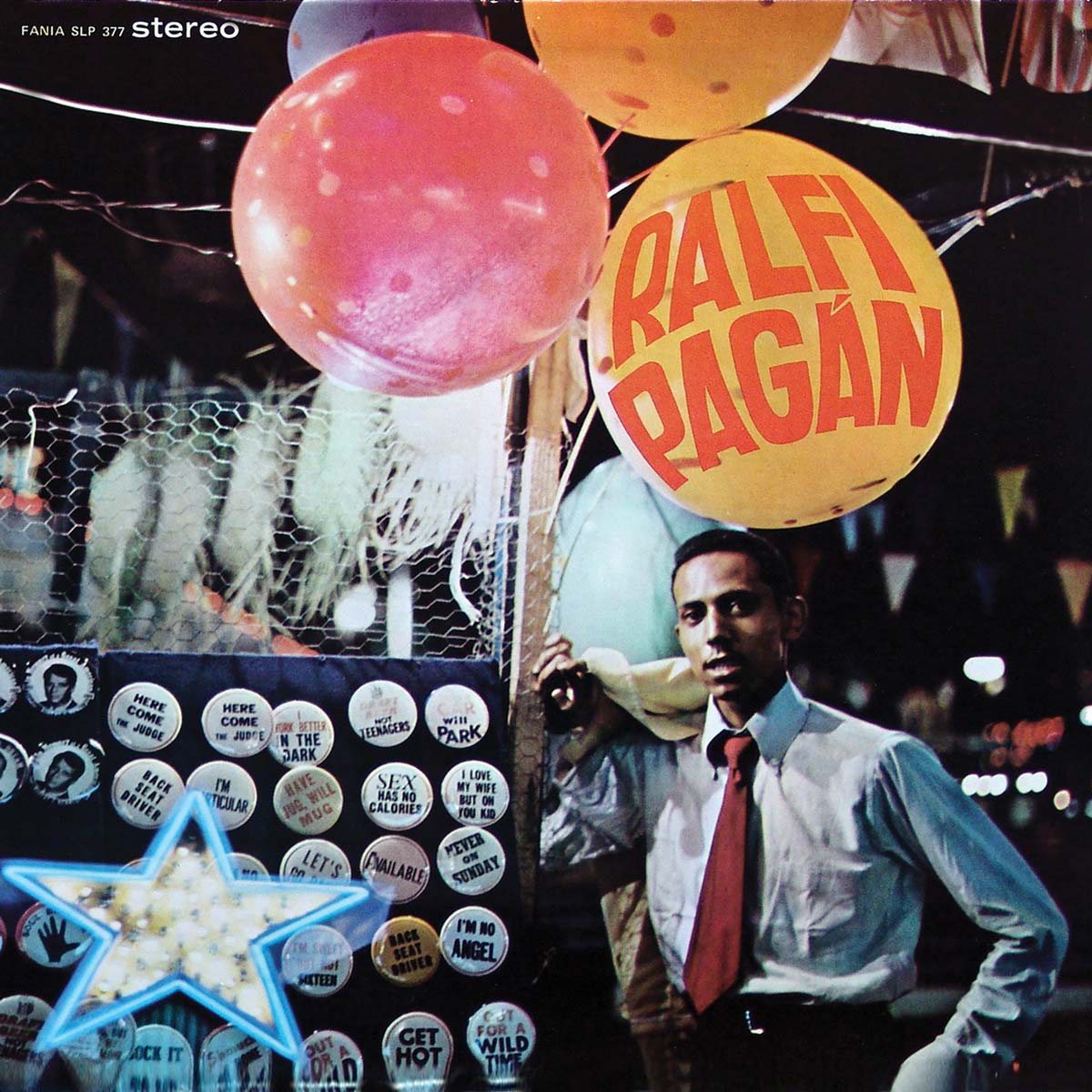
In Latin music, as with all non-mainstream parts of the US recording business, the ultimate goal is to cross-over. It’s all very well being a big fish in your own pond, but the benefits of a US pop hit are so mighty that any independent label would have trouble turning it down.
Until the 1990s it was very much a pipe dream in Latin music. Some pop singles had done it – Ray Barretto’s “El Watusi” and Mongo Santamaria’s “Watermelon Man” – but they were few and far between, and no one had sustained that success. However it was something that few could afford not to at least try and Fania, with it’s young label outlook, and its’ base amongst the boogaloo and Latin soul artists was well placed to give it a go. Although the records by the likes of Joe Bataan and Ray Barretto were popular amongst young Afro-Americans as well as Latinos, the label was not really set up to cross over as they went through Latin distribution networks, so in the late 60s Jerry Massuci tried two distinct routes to crossover success. The first was licensing out an album called Viva Soul by Harvey Averne to Atlantic Records whom it was hoped had the clout to take it beyond Fania’s usual markets. The second was to set up a label that was specifically aimed at the RnB market, complete with a distinctive distribution network.
The label Uptite released records by both Fania artists that sat in the soul world and by soul artists such as Billy Hamlin and Parish signed specifically for Uptite. Neither routes were especially successful and in the meantime a new artist had taken his place in the Fania ranks and he would over his five years at the label become their most creditable shot at a crossover success. Ralfi Pagan was introduced to the label by Harvey Averne, and his first self-titled LP saw his sweet falsetto voice tackling both English and Spanish language songs, most of which had the sweet harmony sounds that harked back to doo-wop. This sound suggested a sensuous soul harmony sound, that was progressed on his second album, which again mixed Spanish and English language titles, however when a cover of Bread’s “Make It With You” started to sell in the RnB market, the original version was pulled and the album was reissued with the English language songs from the first album replacing the Latino tunes. “Make It With You” was licensed out to the Wand label and sold well in the RnB market, and Ralfi’s remaining years at the label were marked by attempts to replicate this success. The first try resulted in an abandoned album, recorded at Atlantic studios with both Harvey Averne and Elliot Randall of Steely Dan fame. From an album’s worth of material only the single “It’s Alright” appeared. He was then put in the studio with Kenny Vance and made the album Ralfi which hit in the discos with “Wonderful Thing” but didn’t really sell in stores.
Which brings us to Fania’s final attempt with him the magnificent, I Can See where he was reunited with Marty Sheller who had produced With Love. Sheller split the arrangements between himself and Louie Ramirez and the results were the most diverse album that he Ralfi ever recorded. It stretched from the glorious street funk of “La Vida” and “Rat Race” to the sweet soul balladry of “I Could Never Hurt You Girl” and “Ooh Baby Baby”. The high-spot was probably the last track on side one of the original LP Loneliest Loneliness where an amazing Louie Ramirez arrangement perfectly supports Ralfi’s voice. The album didn’t break through and it was to be Ralfi Pagan’s last soul recordings and his last time in the studio for Fania. Ralfi would pass away in the late 70s, supposedly under mysterious circumstances. It was a great loss for music.
Written by Dean Rudland



